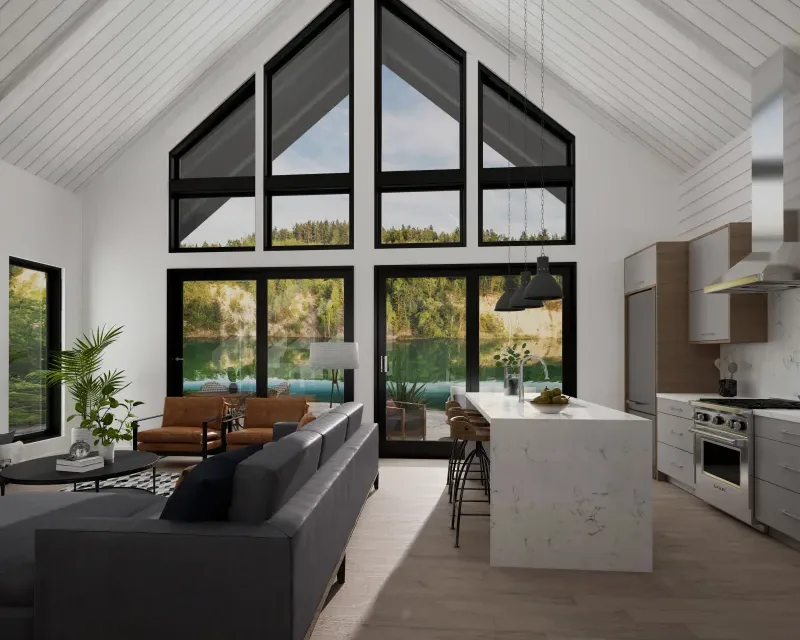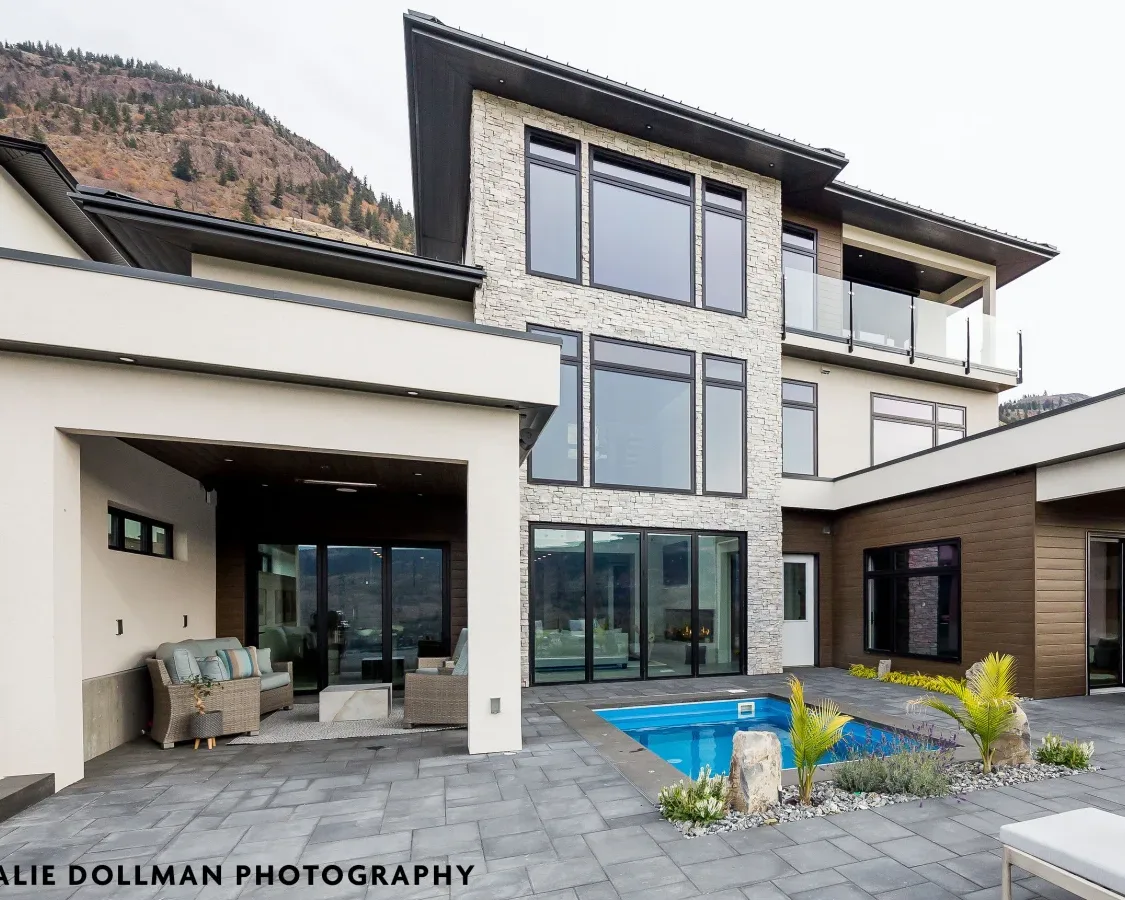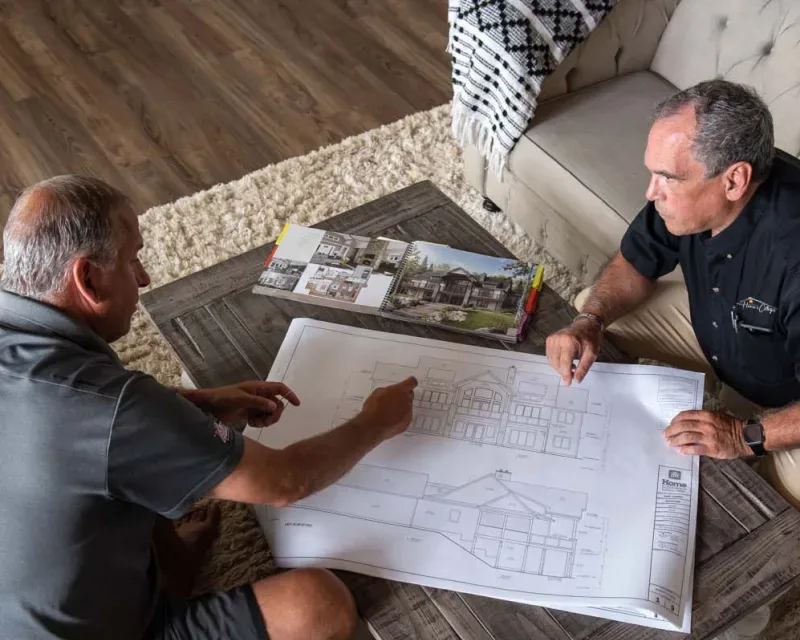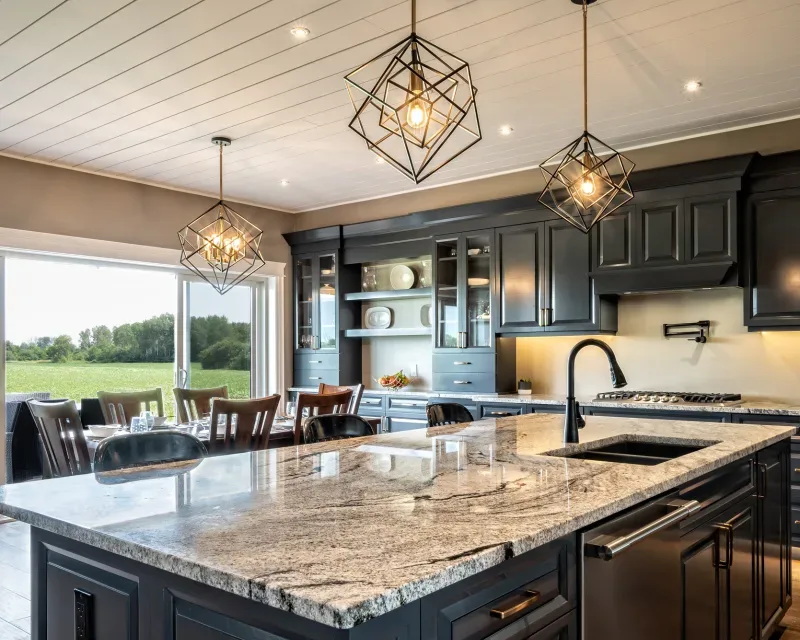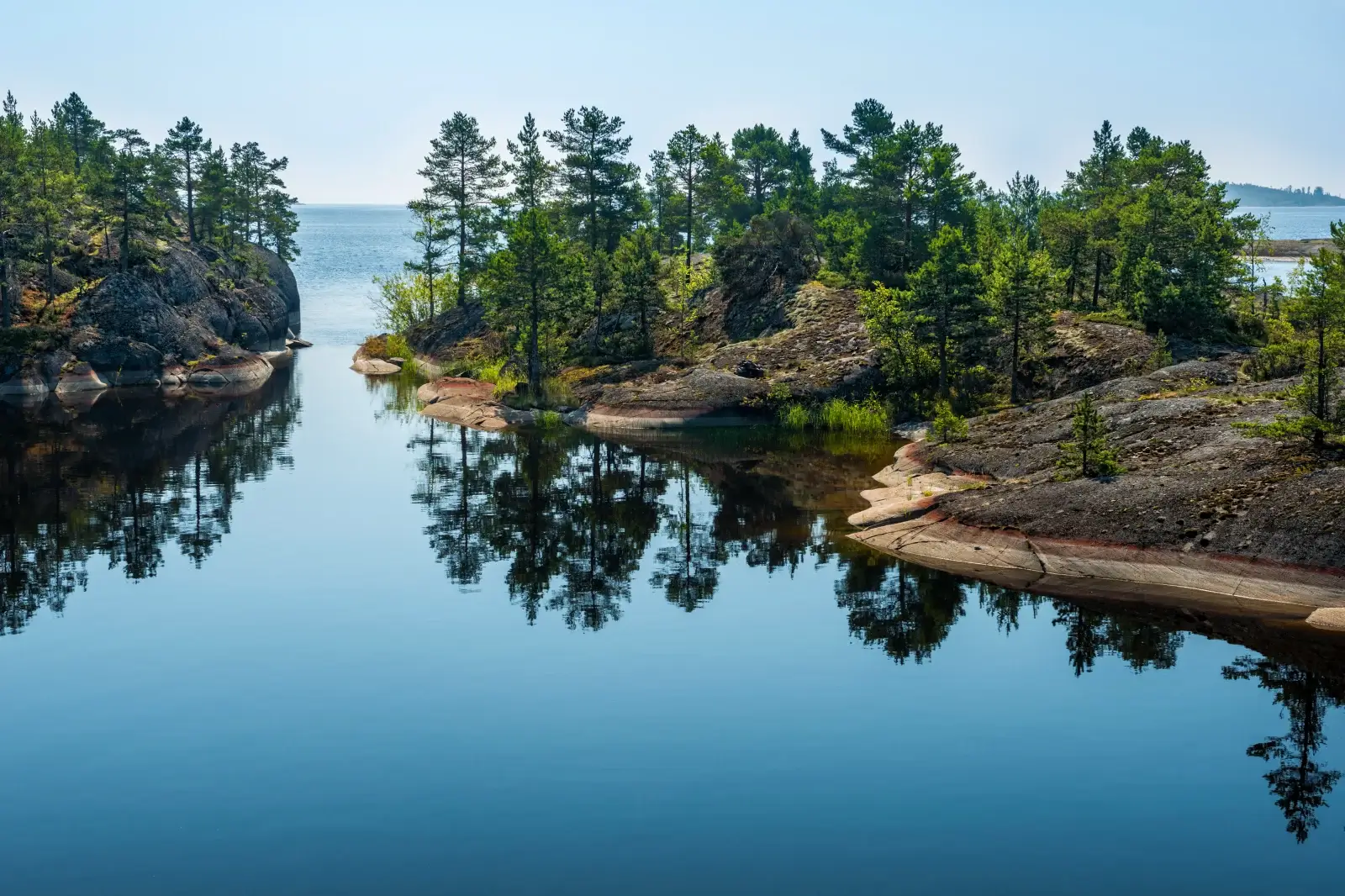
Choosing to build by the water offers a unique set of opportunities and challenges for developers and architects alike. Whether it’s a residential property, commercial space, or a recreational area, strategic site planning becomes crucial to ensure the success of the project and the harmony with the natural surroundings. This article explores the key considerations and best practices in site planning when building by the water.

1. Environmental Impact Assessment:
Before breaking ground, a thorough environmental impact assessment (EIA) is essential. Coastal ecosystems are often fragile, and construction can disrupt local habitats. Understanding the environmental footprint allows developers to implement mitigation measures, preserving the delicate balance between human development and ecological sustainability.

2. Regulatory Compliance:
Coastal areas are subject to stringent regulations due to their ecological sensitivity and vulnerability to natural disasters. Compliance with local, state, and federal regulations is non-negotiable. This includes zoning laws, building codes, and environmental protection standards. Engaging with relevant authorities early in the planning process helps streamline the approval process.
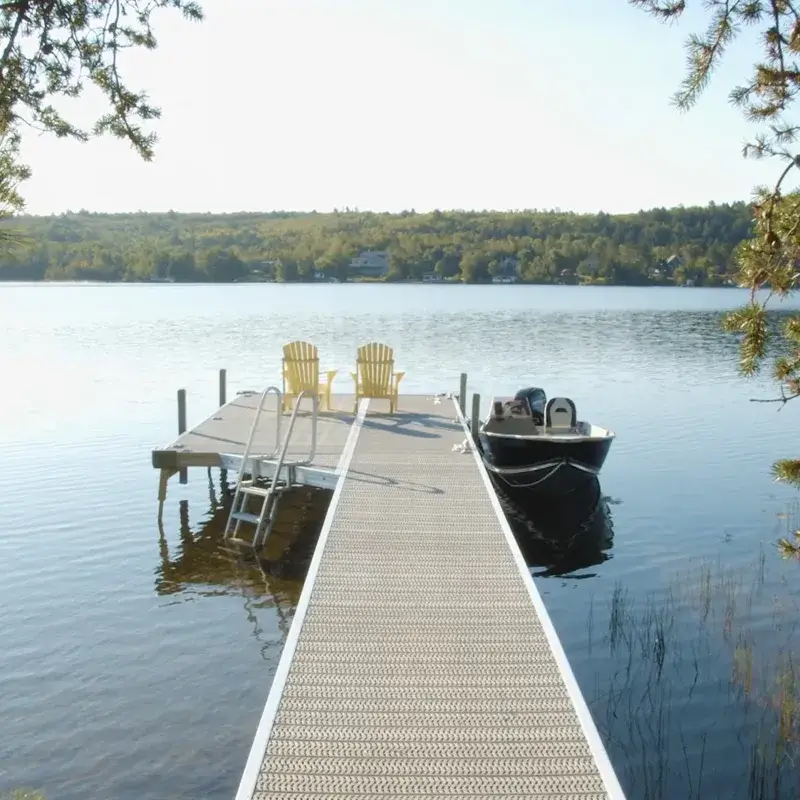
3. Topography and Geotechnical Analysis:
Understanding the topography and soil conditions is critical for any construction project, but it’s especially important near bodies of water. A geotechnical analysis helps determine the stability of the soil, potential erosion risks, and the need for specialized foundation designs. Factoring in the site’s topography ensures that the structure is resilient against the dynamic coastal environment.
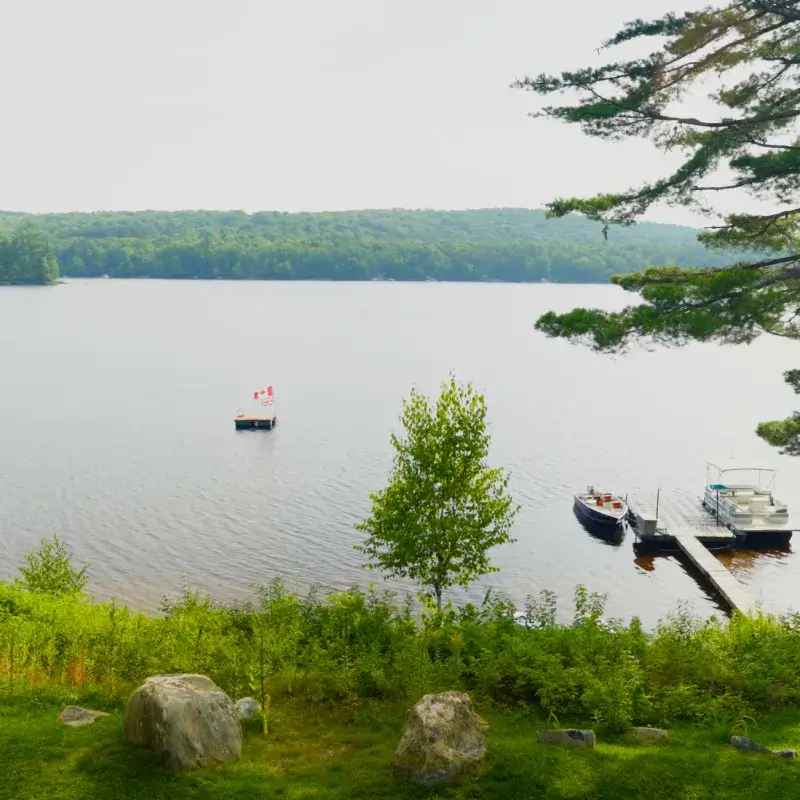
4. Resilience to Natural Disasters:
Coastal areas are prone to hurricanes, storm surges, and rising sea levels. Incorporating resilient design features, such as elevated structures, robust building materials, and sustainable landscaping, helps mitigate the impact of natural disasters. Building with the future in mind is not only responsible but also economically prudent.

5. Access and Connectivity:
Accessibility is a key factor in the success of any development. Proximity to water should enhance, not hinder, connectivity. Thoughtful planning of roads, walkways, and bridges ensures ease of access for residents, visitors, and emergency services. Integrating public spaces, parks, and waterfront walkways enhances the overall experience and community connectivity.
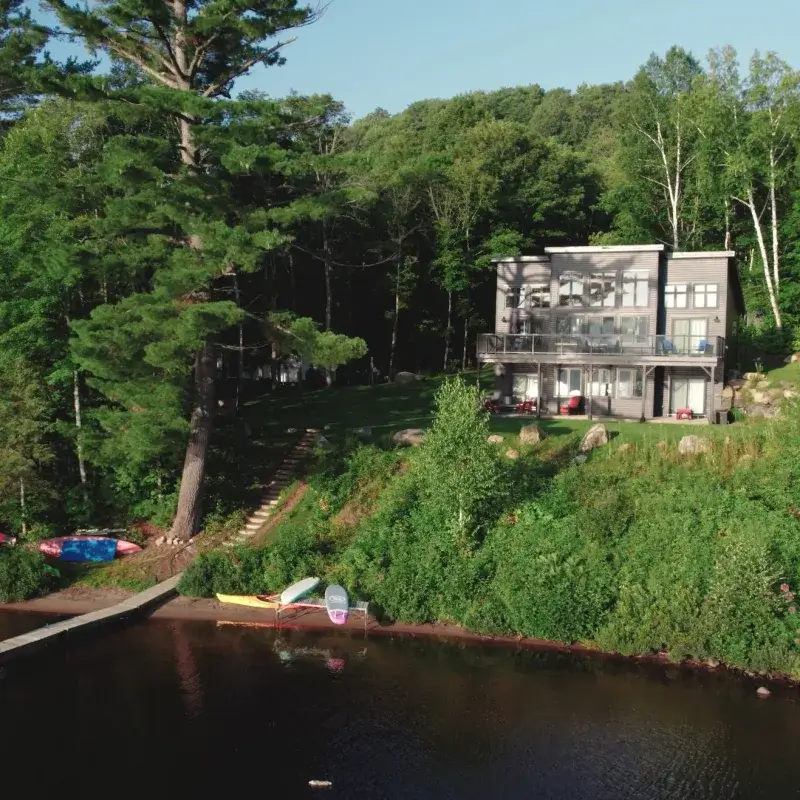
6. Waterfront Design and Aesthetics:
The aesthetic appeal of waterfront developments is often a primary selling point. Balancing functionality with a pleasing design that complements the natural beauty of the surroundings is crucial. Thoughtful landscaping, waterfront amenities, and architectural elements that capture the essence of the location contribute to the overall success of the project.
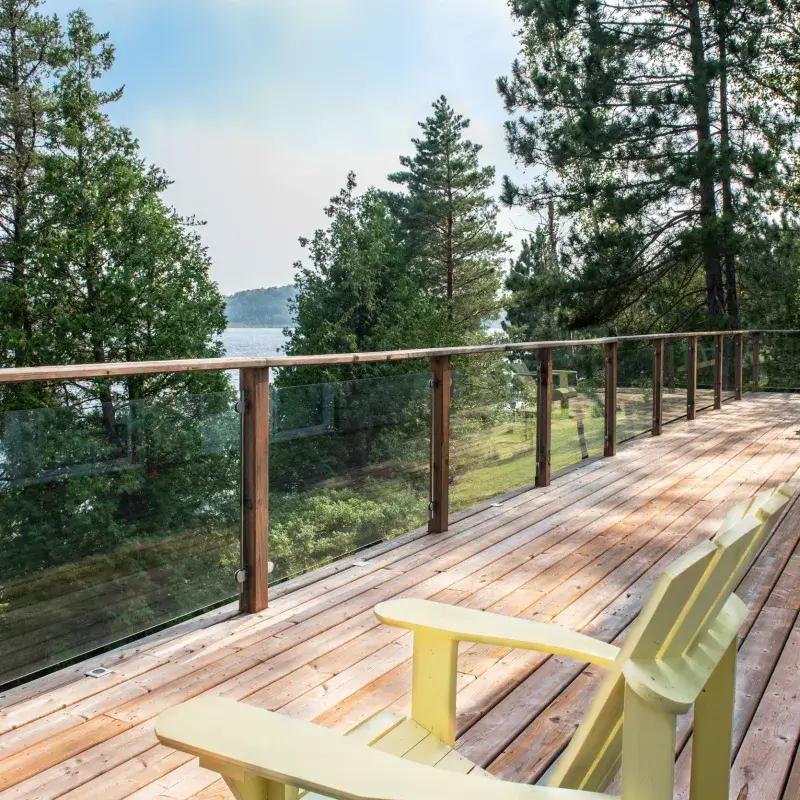
7. Sustainable Practices:
Embracing sustainable practices is not just a trend but a necessity in coastal development. Incorporating green building techniques, energy-efficient systems, and water conservation measures not only reduce the ecological impact but also enhance the long-term viability of the project.
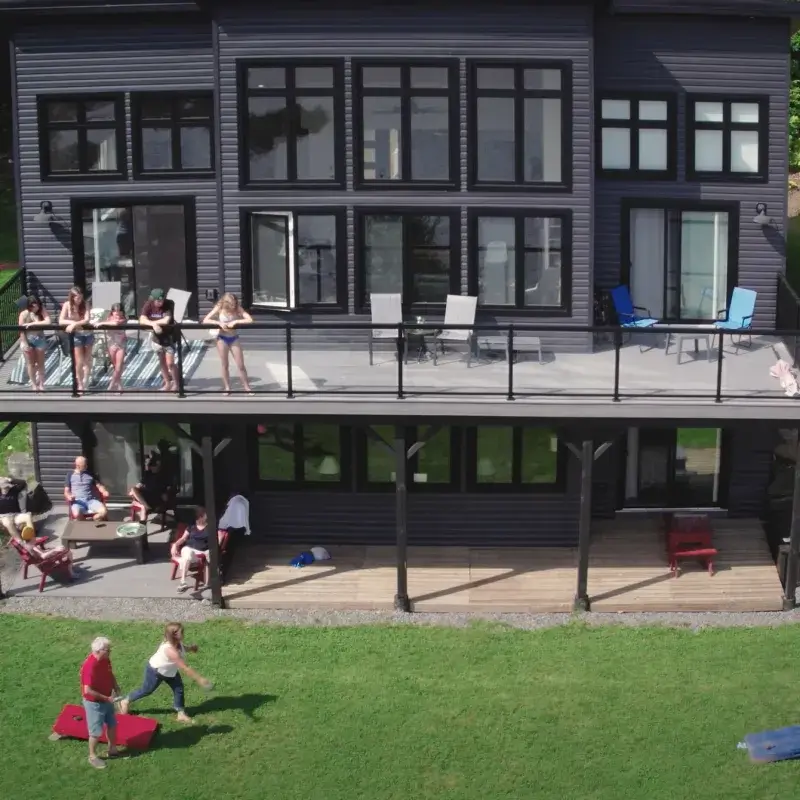
8. Community Engagement:
Engaging with the local community is paramount. Understanding the needs and concerns of residents and stakeholders helps create a development that aligns with the community’s values. This collaborative approach fosters a sense of ownership and pride among the local population.
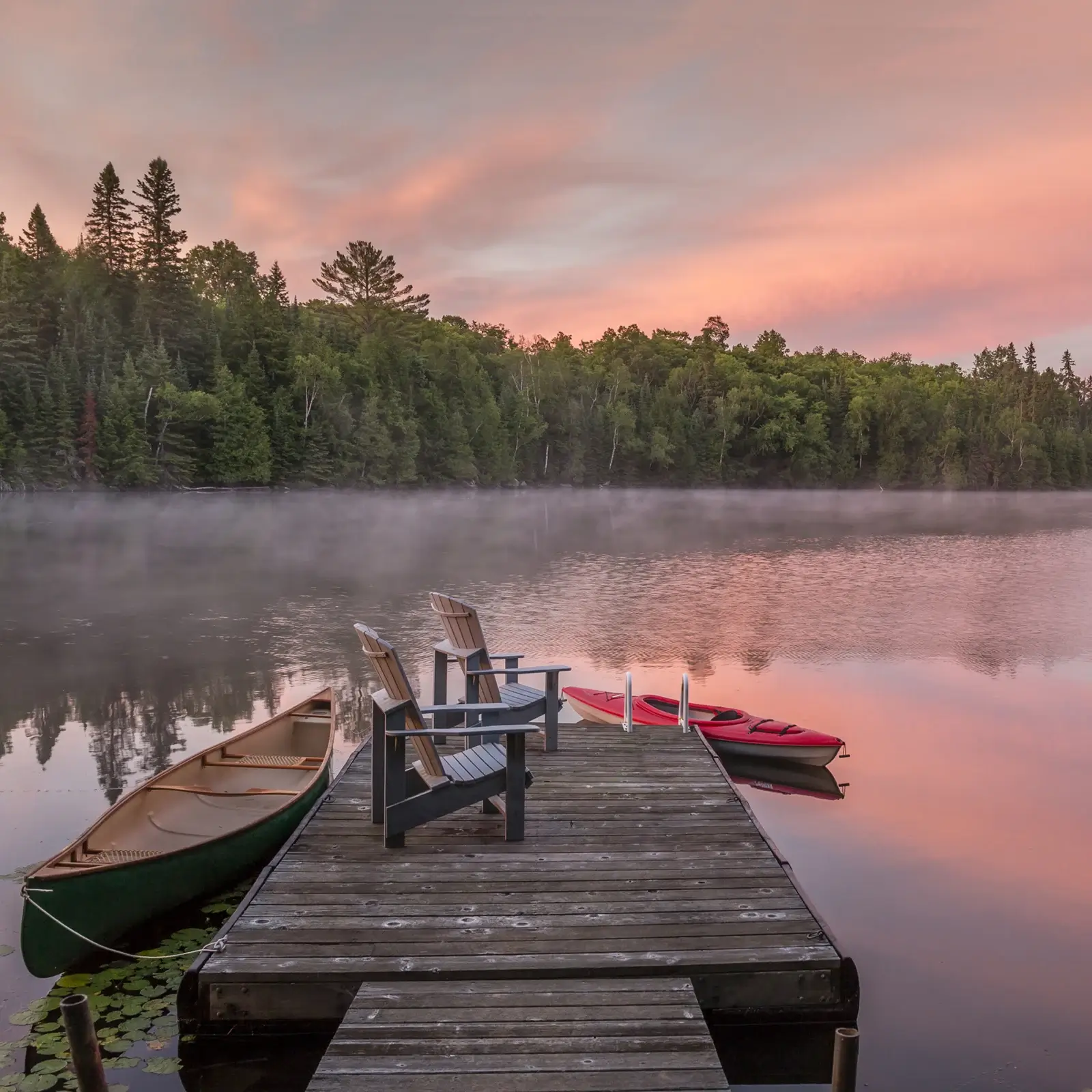

Building by the water offers a plethora of opportunities for creating unique and vibrant spaces. However, it comes with the responsibility of preserving the delicate coastal ecosystems and ensuring resilience to the challenges posed by nature. Strategic site planning, environmental consciousness, and community engagement are the cornerstones of successful coastal development. By embracing these principles, developers can create sustainable, aesthetically pleasing, and resilient waterfront projects that stand the test of time.

